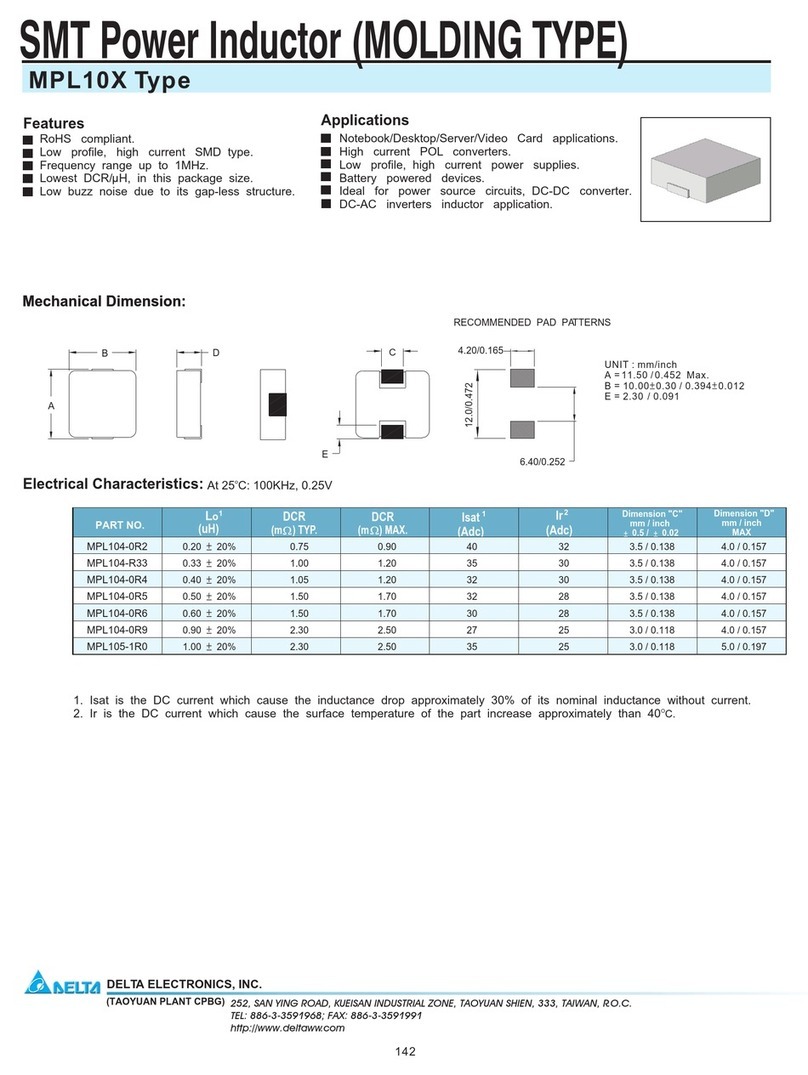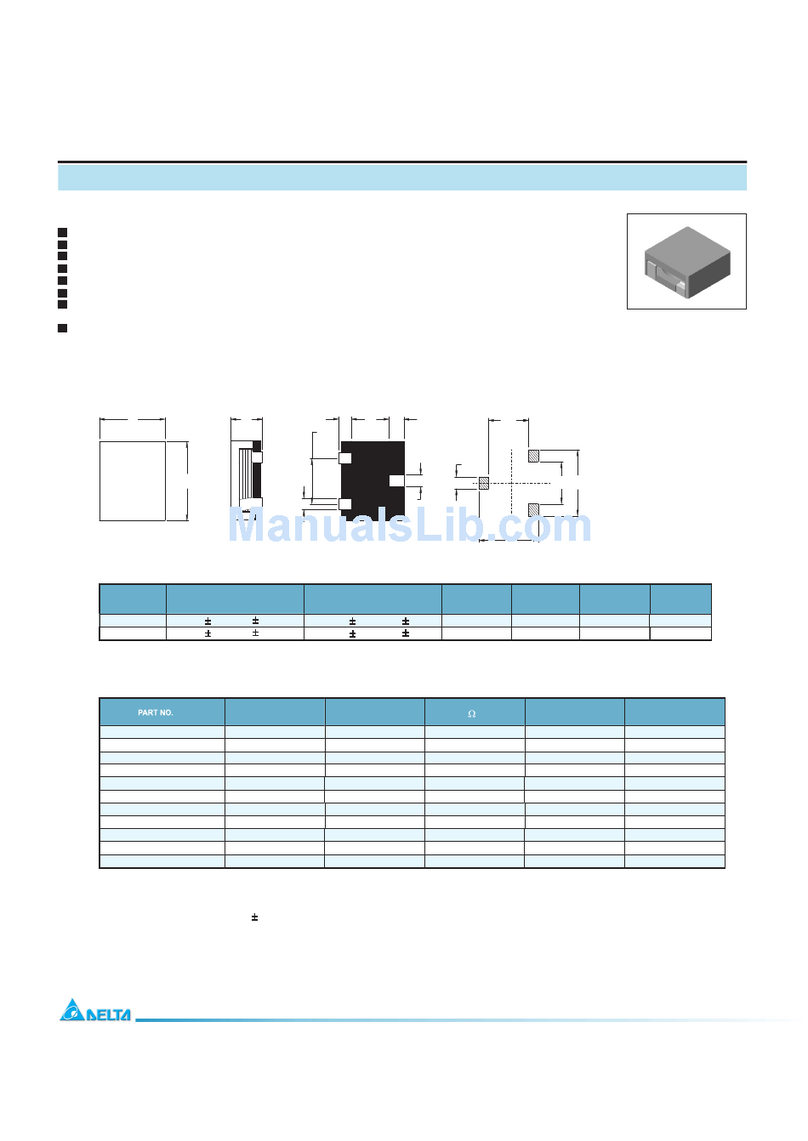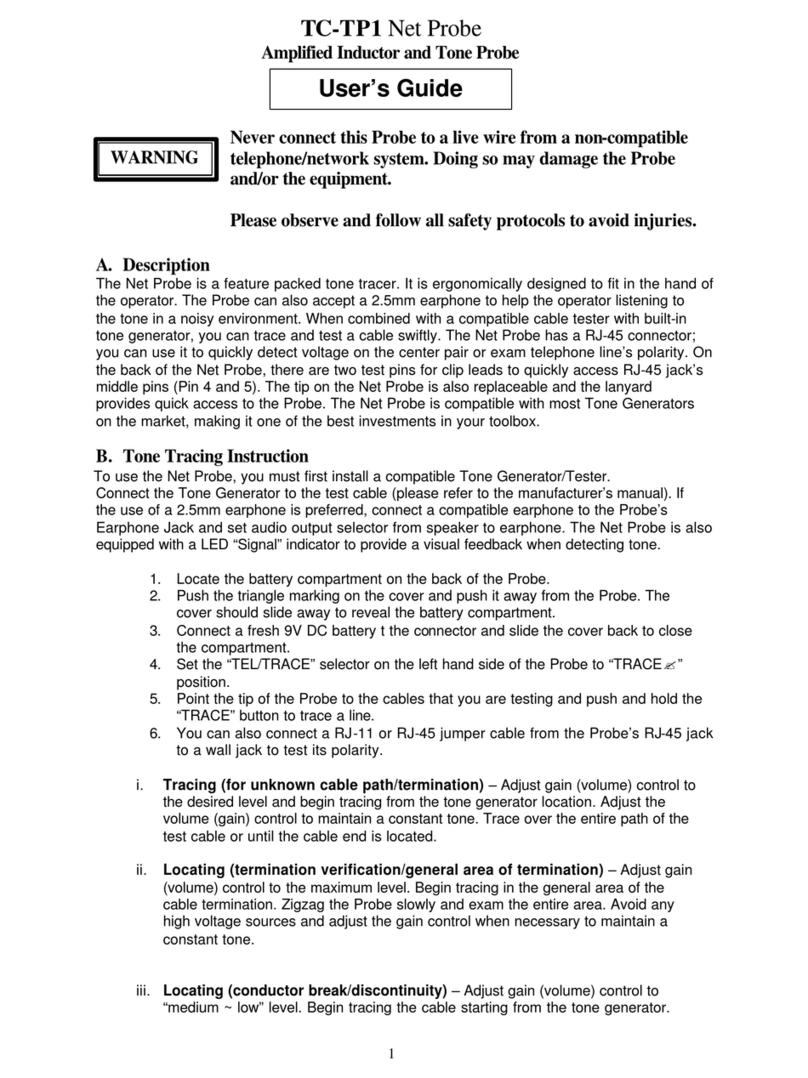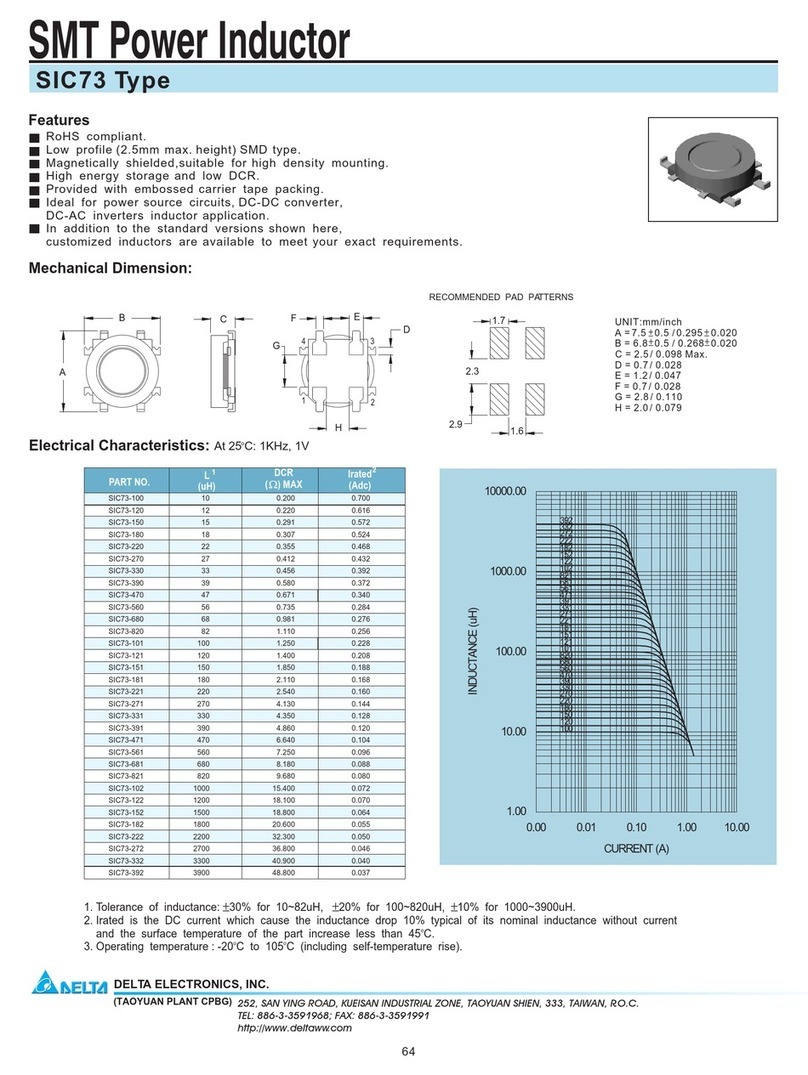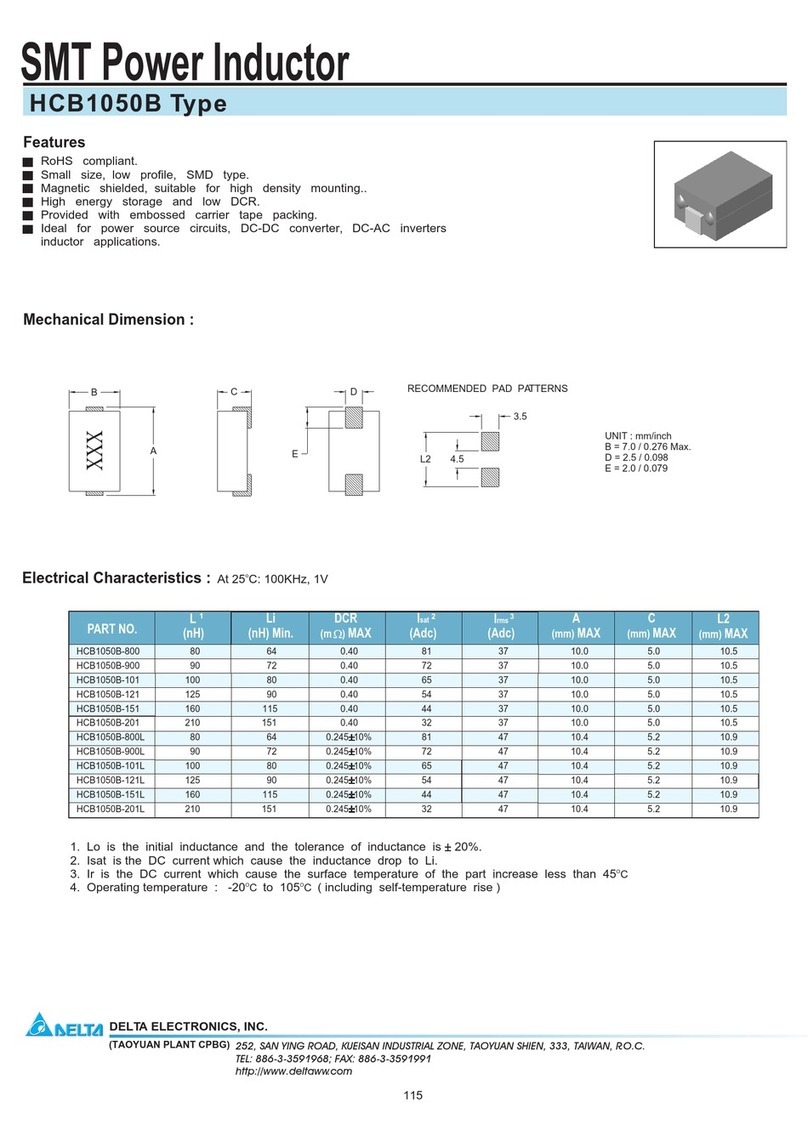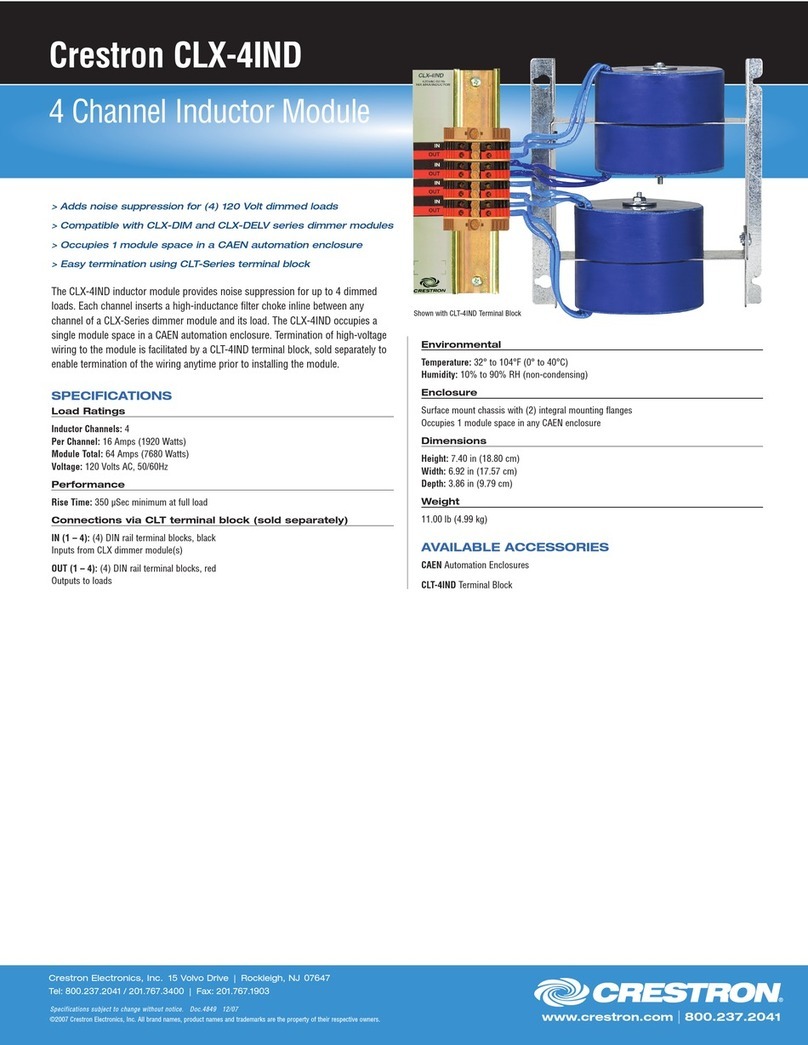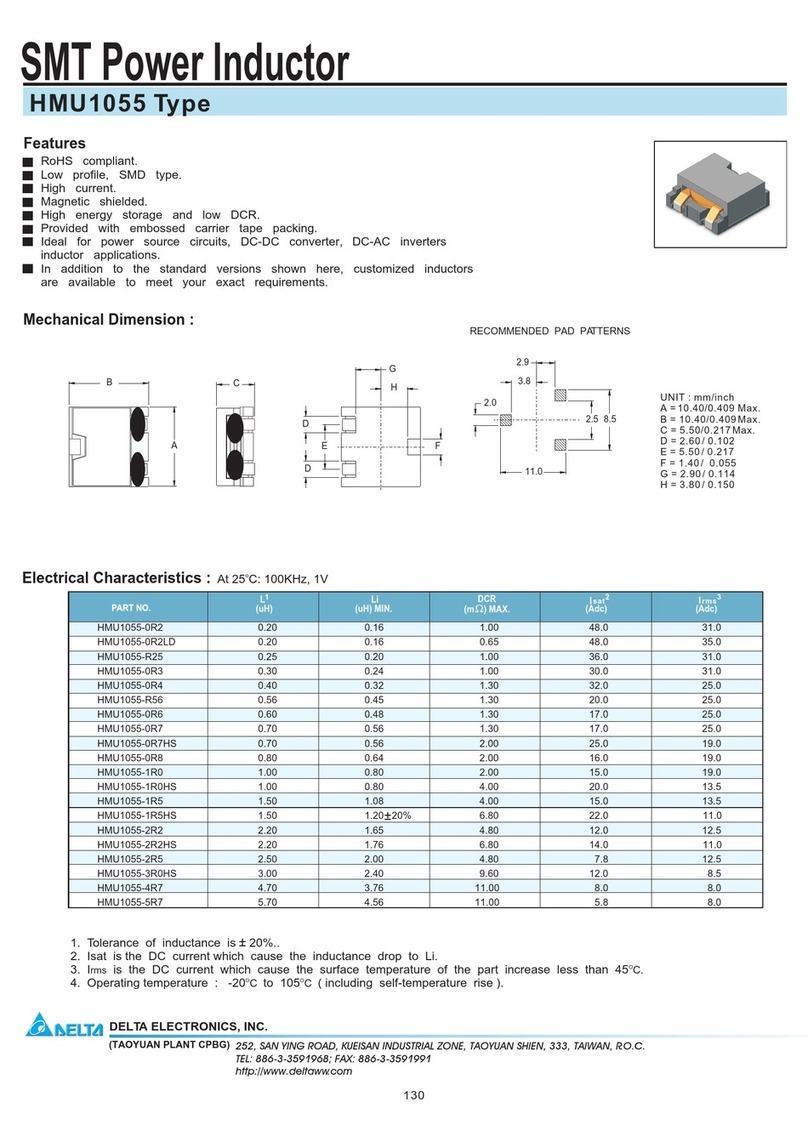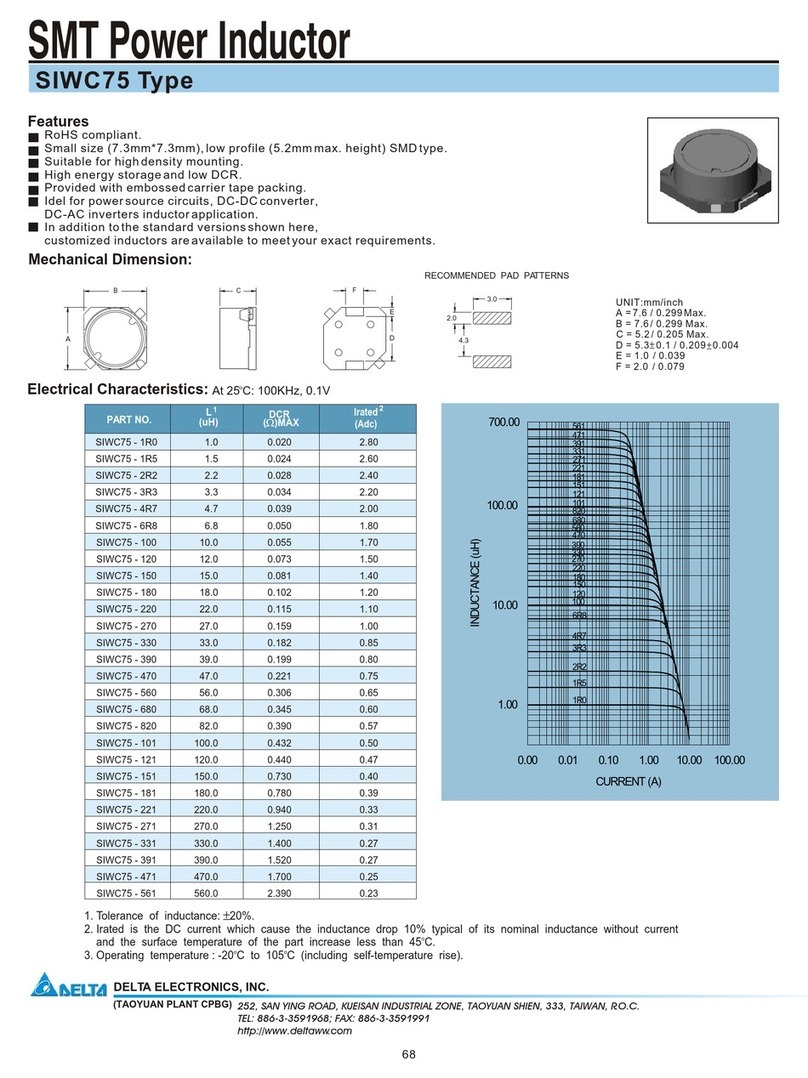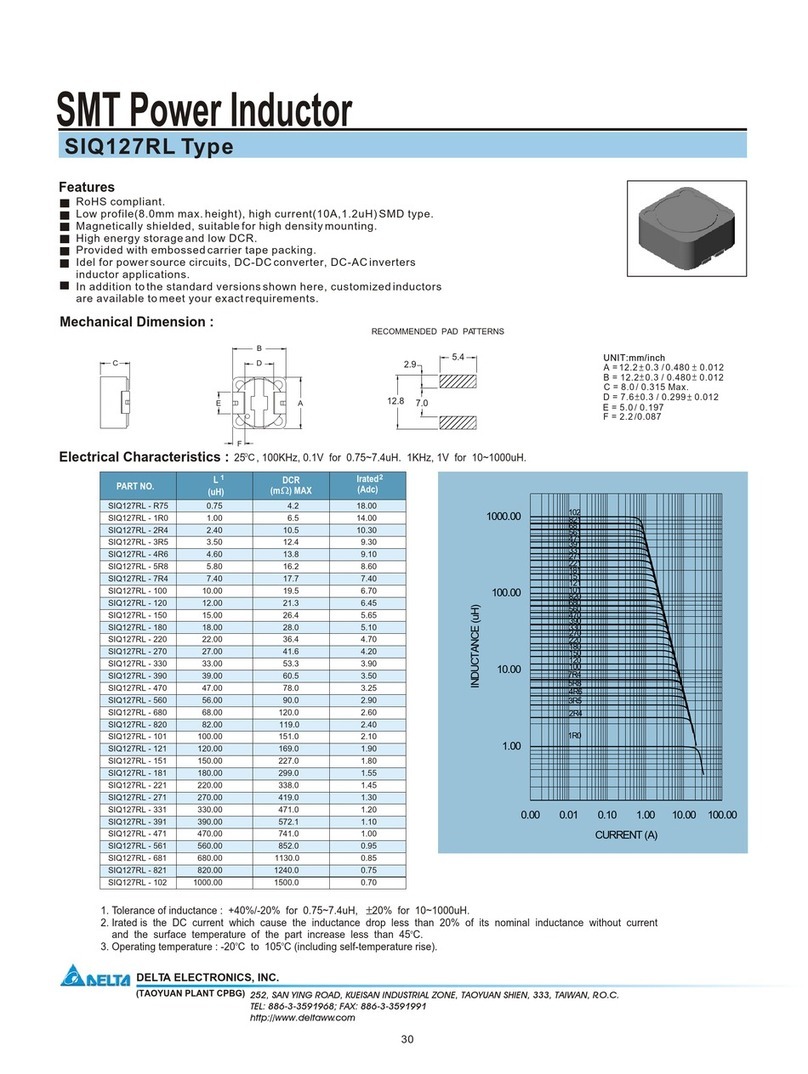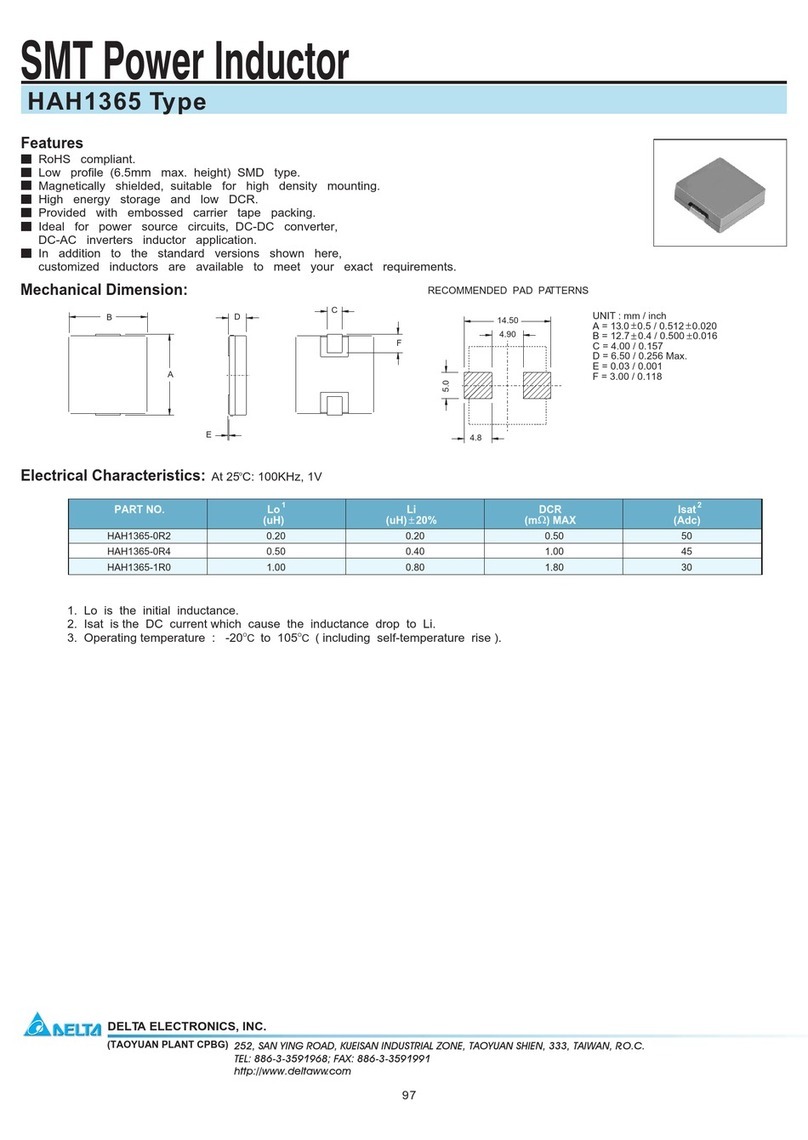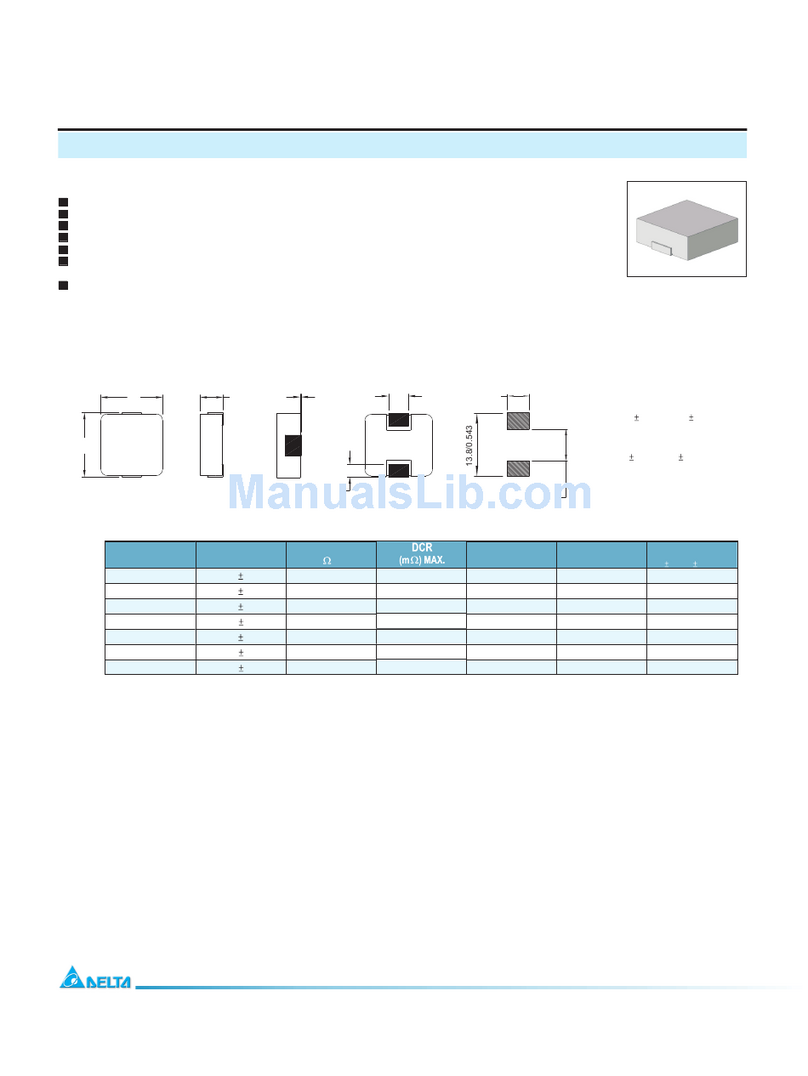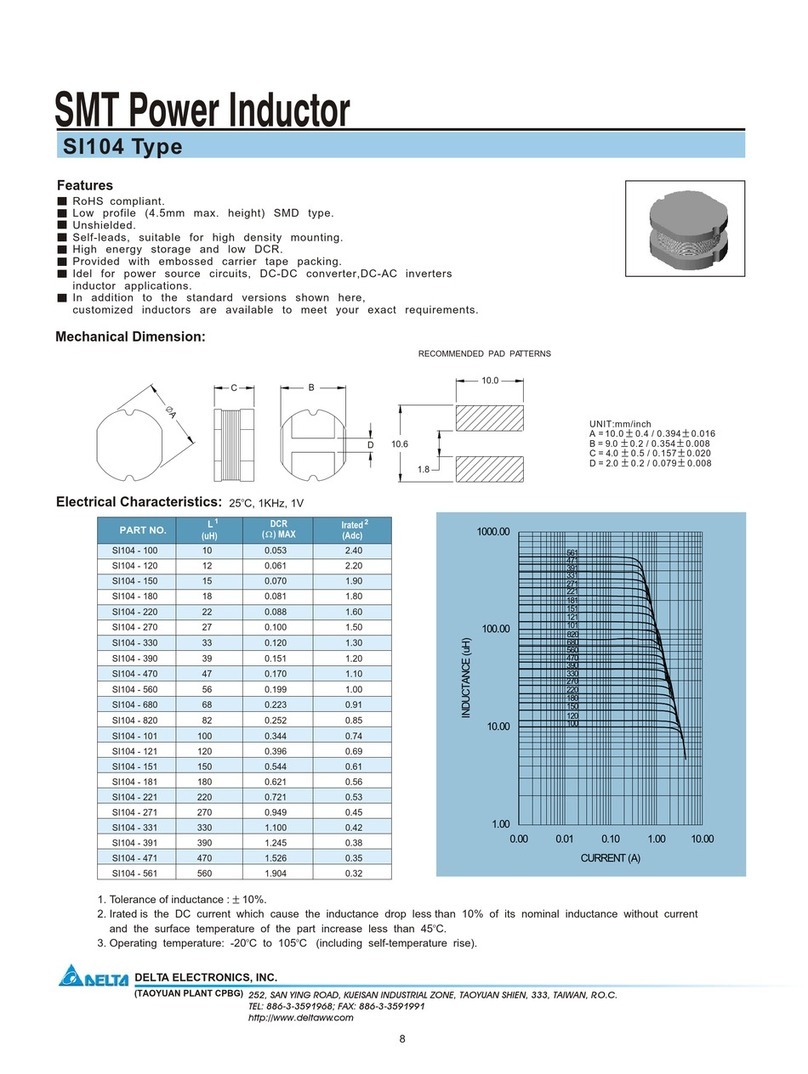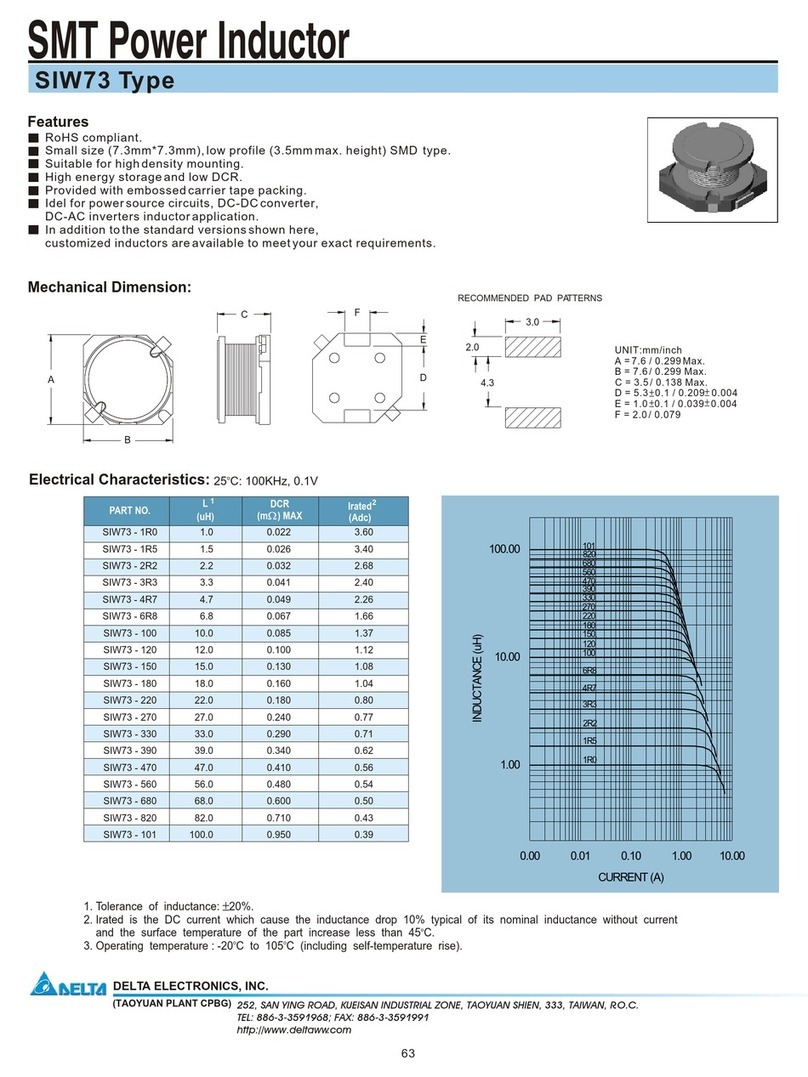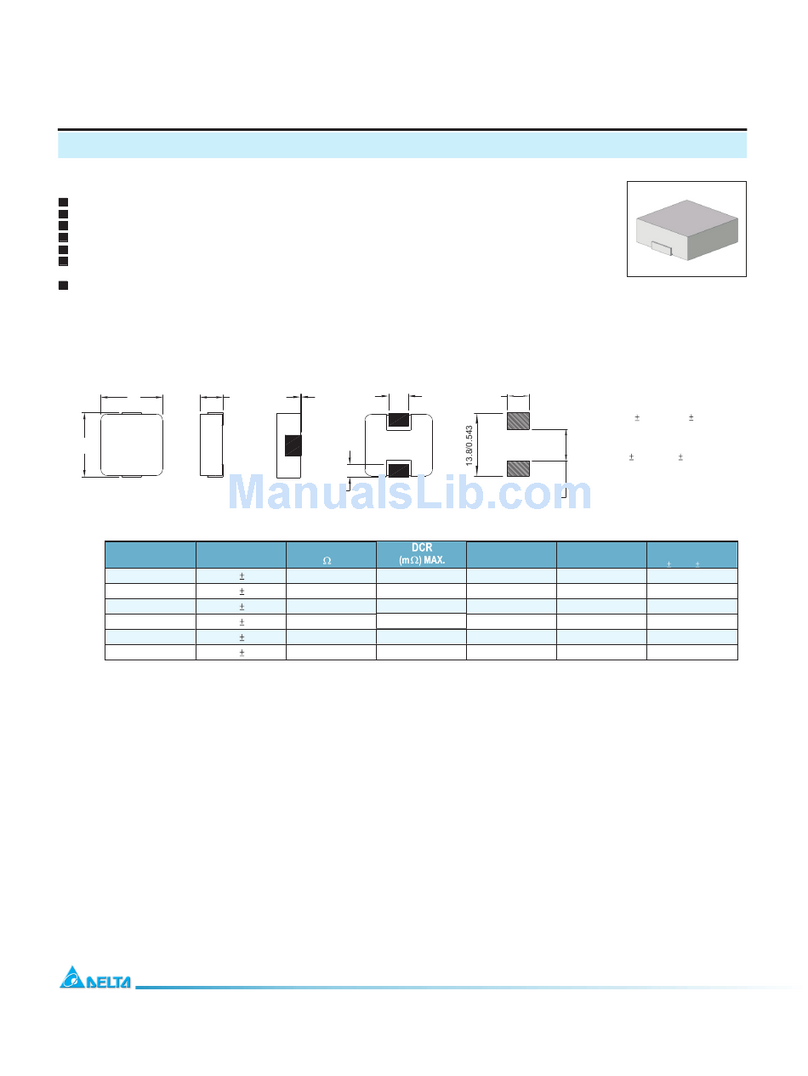
Commercial-In-Confidence Page 4 of 58 © eleXsys R&D Pty Ltd Apr 2020
List of Figures
Figure 1: Device nameplate example ............................................................................................................................8
Figure 2:eleXsys product appearance..........................................................................................................................15
Figure 3: An illustration of EEdS30 architecture..........................................................................................................21
Figure 4: Electrical connection diagram between the battery and main AC grid .......................................................22
Figure 5: Installation procedures.................................................................................................................................24
Figure 6: eleXsys rack mounting bolts ......................................................................................................................... 25
Figure 7: Illustration of mounting clearance (in mm) and ventilation requirement (arrows indicate air-flow direction)
.....................................................................................................................................................................................26
Figure 8: EEdS front panel connection layout .............................................................................................................28
Figure 9: Amphenol Surlock connectors......................................................................................................................29
Figure 10: AC and DC terminal safety cover................................................................................................................30
Figure 11: Circuit breaker safety cover........................................................................................................................31
Figure 12: Earth post components ..............................................................................................................................32
Figure 13: RJ45 Connector...........................................................................................................................................33
Figure 14. Demand response mode.............................................................................................................................38
Figure 15. Power quality response mode....................................................................................................................39
Figure 16. Characteristic curve of EEdS power exporting to grid under Volt-Watt mode..........................................40
Figure 17. Characteristic curve of EEdS power importing from grid under Volt-Watt mode .....................................40
Figure 18. Characteristic curve of EEdS under Volt-Var mode....................................................................................41
Figure 19. Characteristic curve under fixed reactive power mode .............................................................................42
Figure 20. Batter operating mode flow chart..............................................................................................................44
Figure 21: GUI labelled home page .............................................................................................................................48
Figure 22: Setup Tab ....................................................................................................................................................48
Figure 23. Software GUI under debugging mode........................................................................................................50
Figure 24. Front panel..................................................................................................................................................54
Figure 25. Side panel....................................................................................................................................................54
Figure 26. Back panel...................................................................................................................................................55
Figure 27. Demonstration of battery charging at >= 99 % Status of Charge (SOC).....................................................56
Figure 28. Demonstration of fixed power factor mode at PF = 0.8.............................................................................57
Figure 29. Demonstration of over-voltage protection ................................................................................................58
Figure 30. Demonstration of under-frequency protection .........................................................................................58
